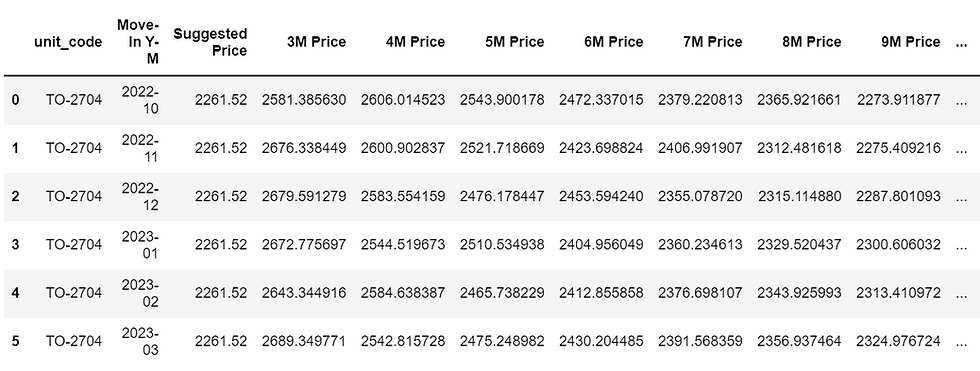How to: Sales Analytics
- michaelwoolfson
- Apr 1, 2022
- 2 min read
Sales and revenue are the engine of any profitable business – without them a business is simply not feasible. Tracking sales analytics will not only help improve your sales, but will allow you to better predict and forecast sales, increasing the predictability of cash flows to prevent working capital issues. It also will allow you to better incentivize and understand your sales reps and improve accountability.
To properly utilize sale analytics, you first need POS or pipeline data. Beyond that, data such as surveys are also used in order to find relationships and opportunities. Leveraging this information allows for better understanding of customer segments, increasing the opportunity to retain and monetize these customers by using tools such as pricing analysis.
At the very minimum, sales driven organizations should be continuously assessing the following KPI’s and Metrics:
Sales Growth
Sales Target
Opportunities
Sales to Date
Product Performance
Lead Conversion Rate
Sell-through rate
Sales per rep
Sales by region
Pipeline size
Deal value
Deal age
Win rate
However, most CRMs and POS system's will provide you with this type of analytics. To truly get the most out of your sales data organizations should also be tracking:
Pipeline Health Analytics (pipeline size, deal value, deal age, win rate): investigate the health of the leads of your sales pipeline. Maximize sales by ensuring your sales team has ample quantity and quality of sales opportunities
Sales Stage Conversion Analytics (conversion rates from each stage of sales pipeline): Understand how deals flow through your organizations sales pipeline to ensure momentum is being maintained.
Sales Stage Activity Analytics (quantify activity levels across different tasks): Pinpoint the drivers of sales by understanding the sales and marketing activity within the pipeline. In doing so, organizations will be able to identify the core activities that have the largest effect on sales performance.
Advanced Sales Analytics: Pricing Analytics
Beyond this, and to truly unlock the power of sales analytics, organizations should turn to pricing analytics.
Pricing analytics is the process of analyzing the price sensitivity and price elasticity of specific market segments. This is especially useful in saturated, competitive markets where positioning is key. For successful implementation, the quality of data and the analytical tools used to develop the solution must be high. The business must be willing to test different pricing levels to examine the change in demand, which can be achieved through different promotions, incentives or loyalty programs.
Example of Price Analytics
A media and entertainment company recently implemented and saw first-hand the benefit of optimizing their pricing strategy. Within the emergence of tech mediums, the media and entertainment industry has faced growing pains in monetizing their consumer base, as they are looking to new product lines and more niche customer segments.
To stay on top of the ever-changing technological landscape and consumer tastes, it was necessary for a leading media and entertainment firm to leverage price optimization models, competitive management analysis, cost models, and customer elasticity models. Through this, the firm was able to implement a pricing strategy that allowed them to increase profitability, improve customer retention and lower cost of customer acquisition as well.
Conclusion
Overall, there are many benefits to sales analytics. Often times, the reports you get form your CRM are not enough and need to be supplemented with more advanced analytics. If you are interested in learning more about how you can improve your sales analytics, reach out to us today!




Comments